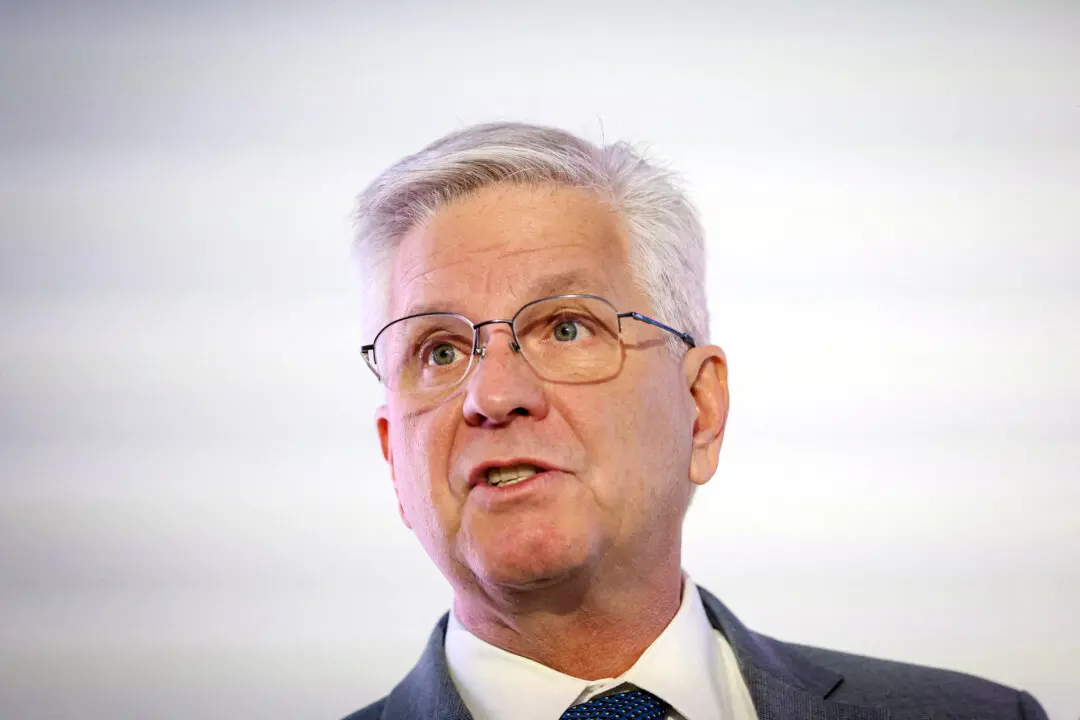The U.S. annual inflation rate has surged to its highest level since 1982, coming in at 6.8 percent in November.
With the record-breaking number dominating headlines, what were some of the biggest drivers of higher prices for businesses and consumers last month?





